Sweeney Todd (Victorian Opera)
In the argument over the programming of Broadway musicals by Australia’s opera companies, it is usually assumed that audiences know the difference between the two forms. But even superficial markers can be misleading. Bizet’s Carmen (1875) uses dialogue and song forms that are traditionally associated with the musical, but is classified as an opéra comique. When it was transposed into English as Carmen Jones (1943), with even less dialogue than the original, it was inexplicably classified as a musical. Stephen Sondheim himself, notoriously indifferent to opera, acknowledges the arbitrary nature of categories in his book Finishing the Hat (2010): ‘When Porgy and Bess was performed on Broadway it was a musical; when it was performed at … Covent Garden it was an opera.’
Continue reading for only $10 per month. Subscribe and gain full access to Australian Book Review. Already a subscriber? Sign in. If you need assistance, feel free to contact us.



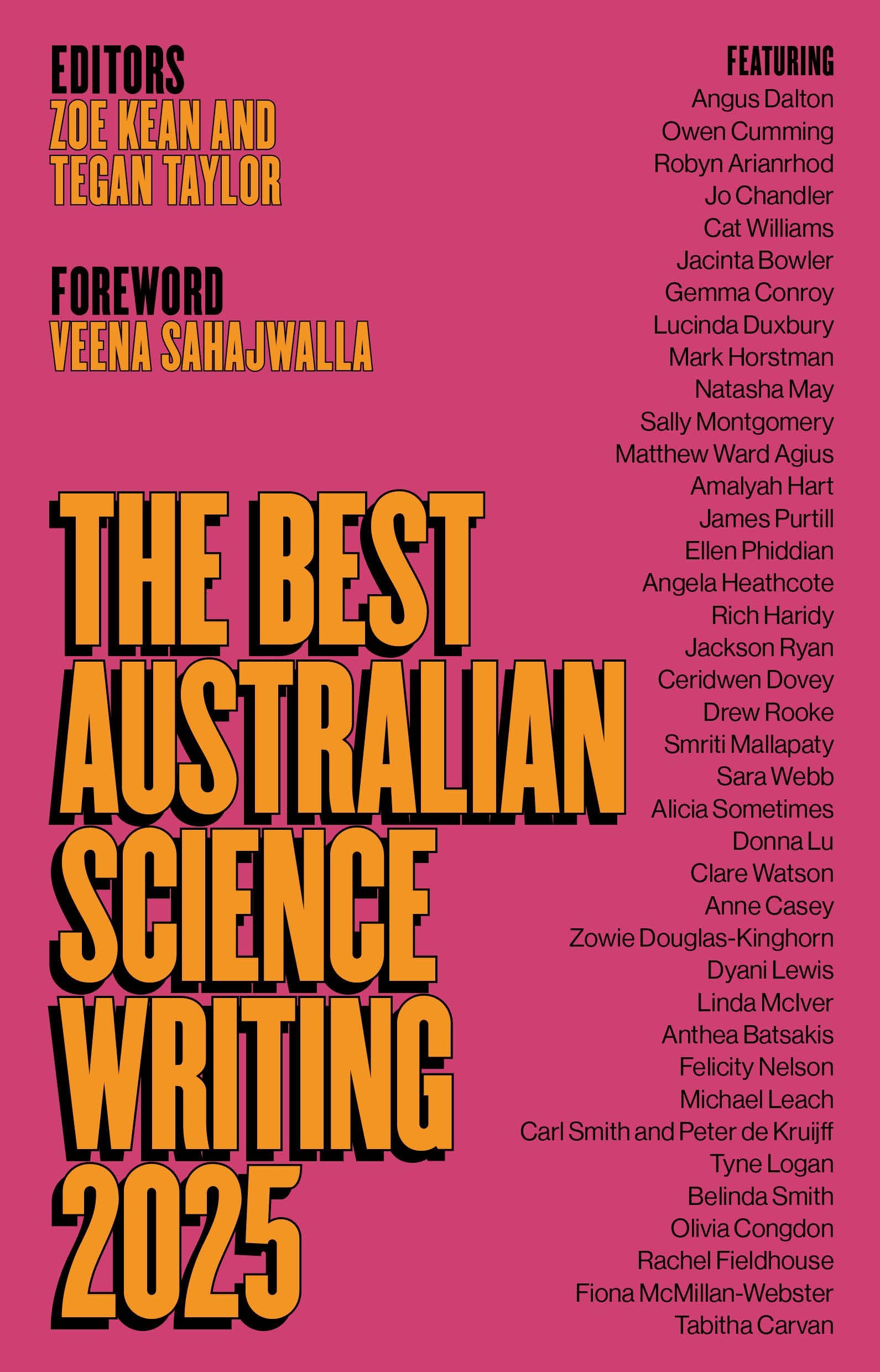
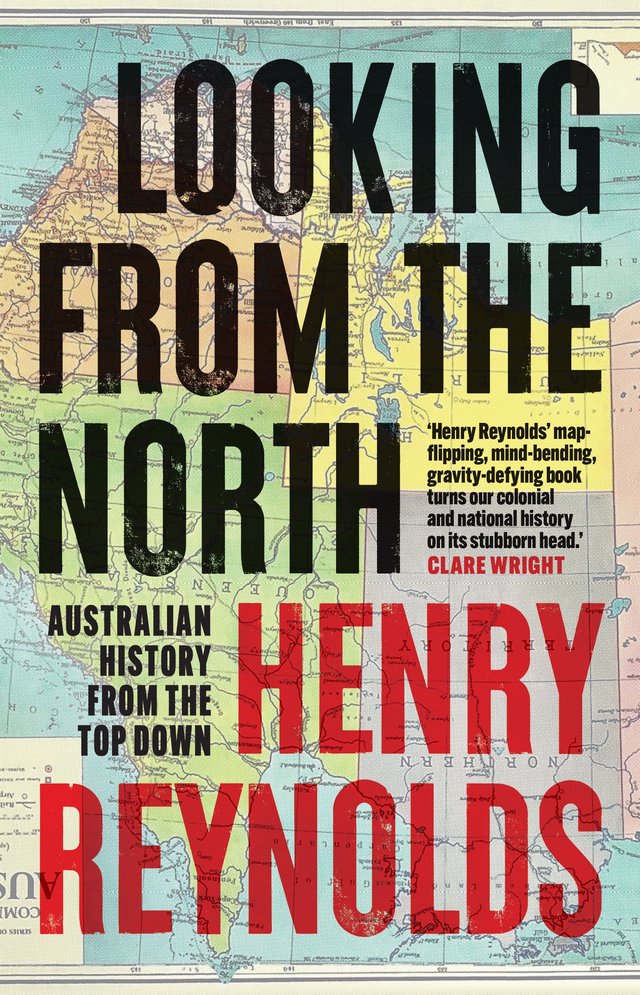
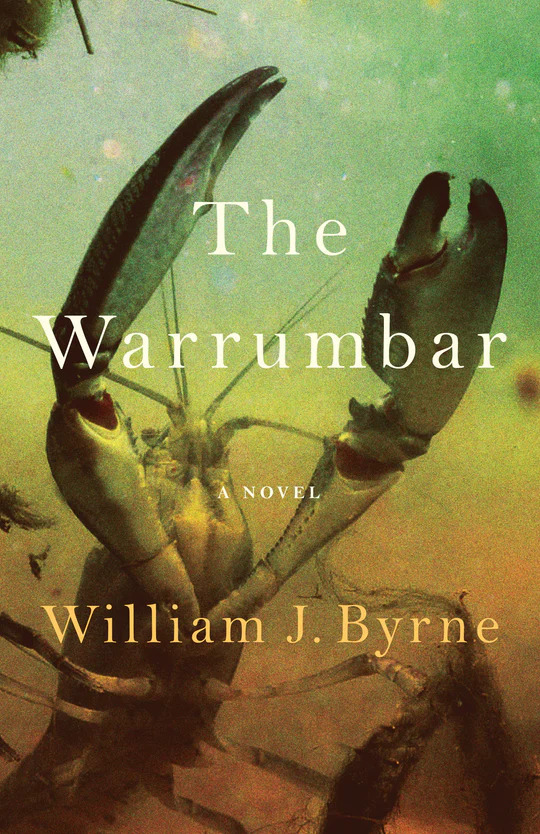
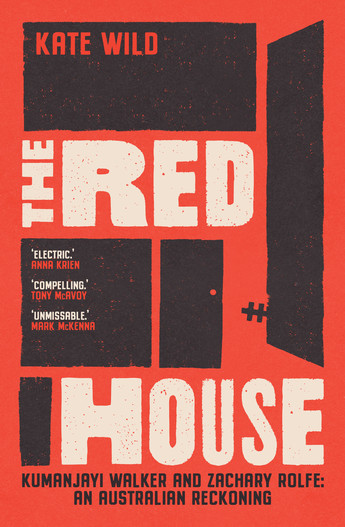

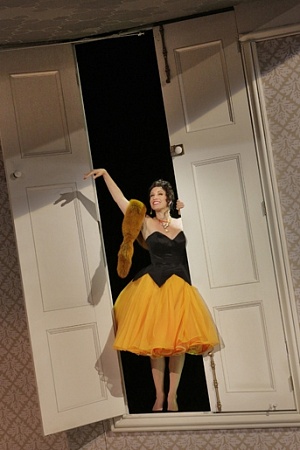
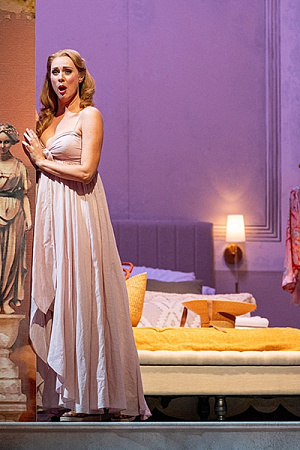

Leave a comment
If you are an ABR subscriber, you will need to sign in to post a comment.
If you have forgotten your sign in details, or if you receive an error message when trying to submit your comment, please email your comment (and the name of the article to which it relates) to ABR Comments. We will review your comment and, subject to approval, we will post it under your name.
Please note that all comments must be approved by ABR and comply with our Terms & Conditions.